Indoor lighting is an important part of indoor environment design. Indoor lighting design should be conducive to people's safety and comfortable life. In people's life, light is not only the condition of indoor lighting, but also the basic element to express the space form and create the environmental atmosphere. Gunnar Berkelitz said: "There is no space without light." The role of light is extremely important to human visual function. Indoor natural light or lighting design should meet the needs of people's various activities in function, but also pay attention to the lighting effect of the space.
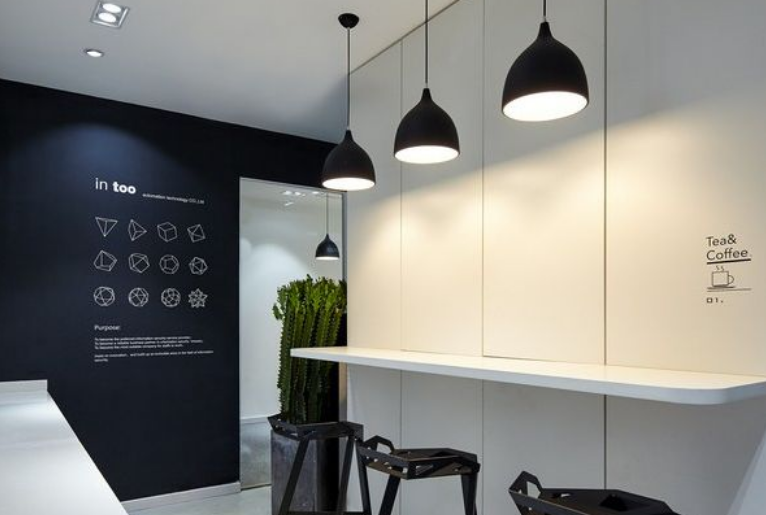
definition
Indoor lighting design refers to the design of the lighting effect achieved by indoor lighting; the development of indoor lighting is based on changes in the market and the design has become a blend of classical and modern; the fusion of realism and abstraction; dynamic and static echoes; The combination of light and dark creates a harmonious, relaxed, peaceful, calm, dynamic and diverse environment space.

Classification
The following lighting methods are commonly used indoors. According to the spatial distribution of the luminous flux of the lamps and the installation method of the lamps, the indoor lighting methods can be divided into five types:
(1) Direct lighting
The light is emitted through the lamp, and 90%-100% of the luminous flux reaches the assumed working surface. This lighting method is direct lighting. This lighting method has a strong contrast between light and dark, and can create interesting and vivid light and shadow effects, which can highlight the dominance of the working surface in the entire environment, but due to the high brightness, glare should be prevented. Such as factories, general offices, etc. Dimmers that can be used together: single dimmer, 1-10V, 0-10V, thyristor, multi-zone remote control dimmer, etc. For example, vtecklite's VT-B203 six-zone dimmer, vt-c301, vt-c302, vt-c331, vt-c332, vt-c333.
(2) Semi-direct lighting
The semi-direct lighting method is that the lampshade made of translucent material covers the upper part of the light source, more than 60%-90% of the light is concentrated to the working surface, and 10%-40% of the light from the cover is diffused upward by the translucent lampshade. , the light is softer. This luminaire is often used for general lighting in lower rooms. Since the diffused light can illuminate the flat ceiling, the ceiling height of the room is increased, which can produce a higher sense of space. Dimmers that can be used with: single dimmer, 1-10V, 0-10V, thyristor, multi-zone remote dimmer, push-dim dimmer, etc. For example, vtecklite's VT-B203 six-zone dimmer, vt-c301, vt-c302, vt-c331, vt-c332, vt-c333, VT-C351.
(3) Indirect lighting
The indirect lighting method is the lighting method of indirect light generated by shading the light source, in which 90%-100% of the luminous flux is reflected on the working surface through the ceiling or wall, and the light below 10% directly illuminates the working surface. There are usually two treatment methods, one is to install an opaque lampshade on the lower part of the bulb, and the light is reflected on the flat top or other objects as indirect light; the other is to set the light bulb in the lamp slot, and the light is reflected from the flat top to the room into indirect light. When this lighting method is used alone, pay attention to the heavy shadows on the lower part of the opaque lampshade. It is usually used in conjunction with other lighting methods to achieve special artistic effects. Shopping malls, clothing stores, conference rooms and other places are generally used as ambient lighting or to improve scene brightness. Dimmers that can be used together: single dimmer, 1-10V, 0-10V, thyristor, multi-zone remote dimmer, push-dim dimmer, DMX512 dimmer, etc. For example, vtecklite's VT-B203 six-zone dimmer, vt-c301, vt-c302, vt-c331, vt-c332, vt-c333, VT-C351, VT-E501.
(4) Semi-indirect lighting
The semi-indirect lighting method is the opposite of semi-direct lighting. The translucent lampshade is installed at the lower part of the light source, more than 60% of the light is directed to the flat top, forming an indirect light source, and 10%-40% of the light is diffused downward through the lampshade. This method can produce a special lighting effect, which makes the lower room feel taller. It is also suitable for small spaces in the house, such as halls, aisles, clothing stores, etc. This lighting method is usually used in a learning environment, which is most suitable. Dimmers that can be used with: single dimmer, 1-10V, 0-10V, thyristor, multi-zone remote dimmer, push-dim dimmer, etc. For example, vtecklite's VT-B203 six-zone dimmer, vt-c301, vt-c302, vt-c331, vt-c332, vt-c333, VT-C351.
(5) Diffuse lighting method
Diffuse lighting is to use the refraction function of lamps to control glare and diffuse the light around. This kind of lighting generally has two forms, one is that the light is emitted from the upper opening of the lampshade and reflected by the flat top, the two sides are diffused from the translucent lampshade, and the lower part is diffused from the grille. The other is to use a translucent lampshade to seal all the light to produce diffusion. This type of lighting has soft light performance and visual comfort, suitable for bedrooms. Compatible dimmers: single dimmer, 1-10V, 0-10V, thyristor, multi-zone remote dimmer, push-dim dimmer, dali dimmer, etc. For example, vtecklite's VT-B203 six-zone dimmer, vt-c301, vt-c302, vt-c331, vt-c332, vt-c333, VT-C351, VT-F601.
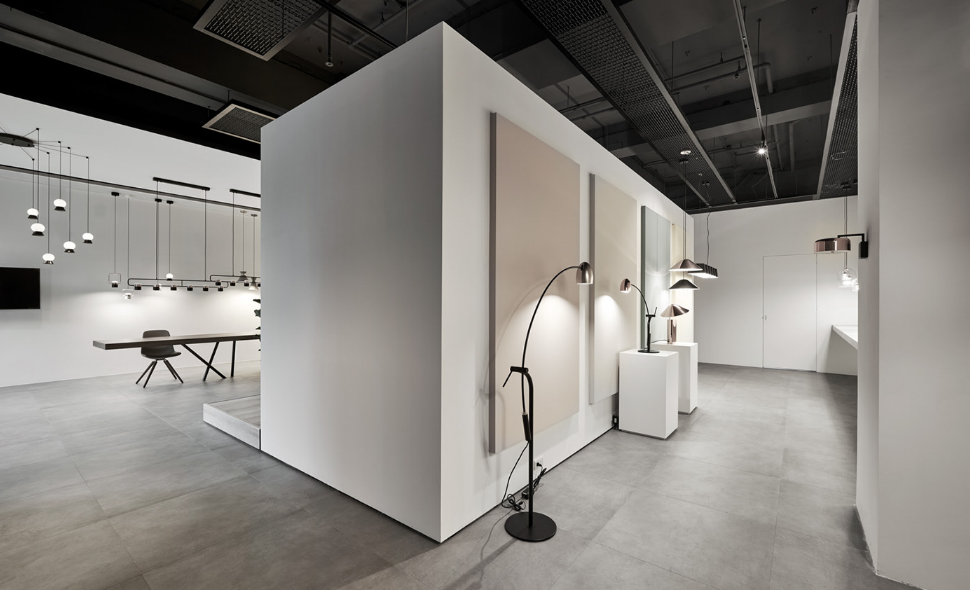
Auxiliary lighting
Lighting does not directly act on the area where people are usually located. Generally, it mainly plays a role in setting off the atmosphere of the space and achieving a decorative effect. Auxiliary lighting is a supplement to the main lighting design. Generally, small-sized lamps such as wall lamps, table lamps, standing lamps, light strips, and light strings are used as auxiliary lighting to enhance the sense of light hierarchy. The purpose of auxiliary lighting is to make the overall lighting design more flexible and more comprehensive to meet lighting needs. Dimmers that can be used with it: push-dim dimmers. Such as vtecklite's VT-C351.
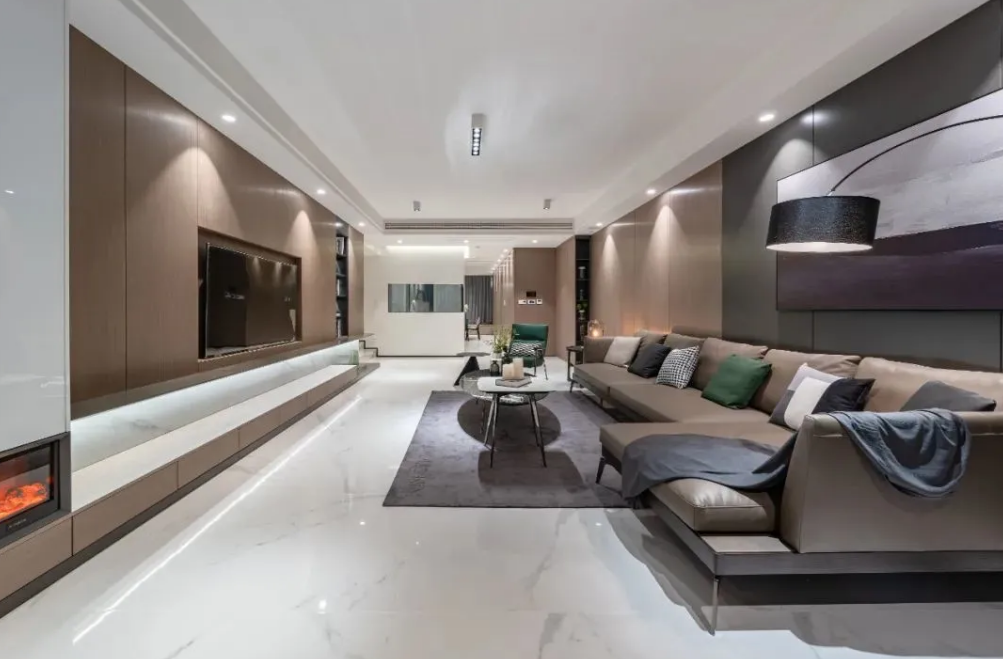
Indoor lighting design is a comprehensive science, which not only covers the fields of architecture and physiology, but is also inseparable from art. Therefore, we need to have a certain level of artistic accomplishment and professional design level, and more importantly, we must understand lamps and lanterns. Due to the wide range of indoor lighting design, such as offices, factories, shops, etc., the requirements for lighting in these occasions also have certain differences, so the design methods are also very different. However, the basic procedures of indoor lighting are similar, and the same is true. , the general lighting program is divided into three stages:
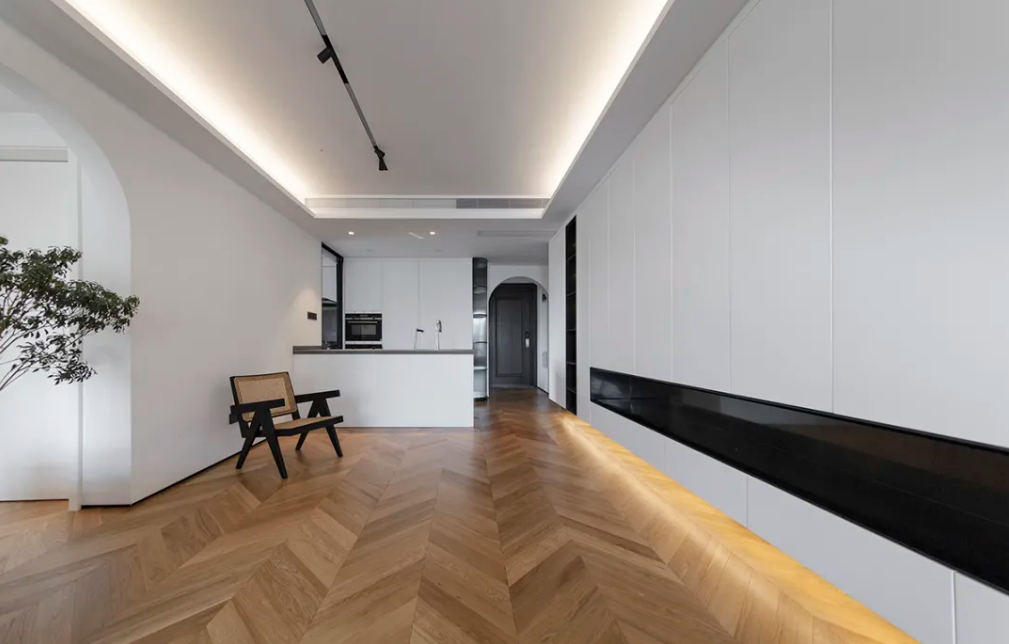
The first stage is to listen to the requirements of the owner or Party A, and discuss with relevant personnel (such as interior designers, architects or electrical designers), and fully analyze what factors will affect the lighting effect of this lighting design scheme. These factors include the function of the illuminated occasion, the size of the illuminated space, the influence of indoor furniture or factory equipment on the lighting, as well as the overall spatial structure, the ceiling method and the lighting method used in the space (direct or indirect lighting). The lighting style you want to form, as well as the budget of the project, etc. According to the size of the space, choose the appropriate LED dimmer and control system to achieve the best effect
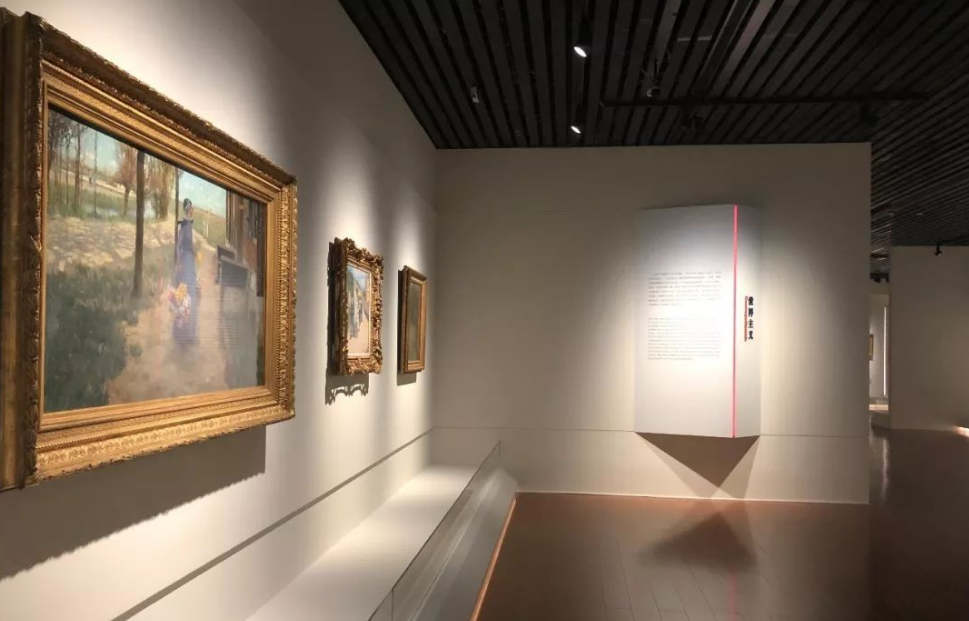
The second stage is to make some basic design decisions, starting with deciding whether to choose primary or secondary lighting. The former focuses on functionality, that is, general lighting (meeting basic visual needs); while the latter focuses on decorative and accent lighting objects or commodity quality and texture. The main lighting generally includes basic lighting and local lighting, and the auxiliary lighting system mainly includes accent lighting and effect lighting. At this time, using a 1-10V, 0-10v dimmer will have a better effect.
The third stage is to calculate and analyze the indoor average illuminance, the uniformity of lighting and the illuminance on the work plane, and check whether these data meet the requirements of the lighting standard. If necessary, the indoor brightness distribution, contrast and glare on the work surface must also be calculated and checked. For example, our two lighting design software can calculate these data and get the simulation effect.
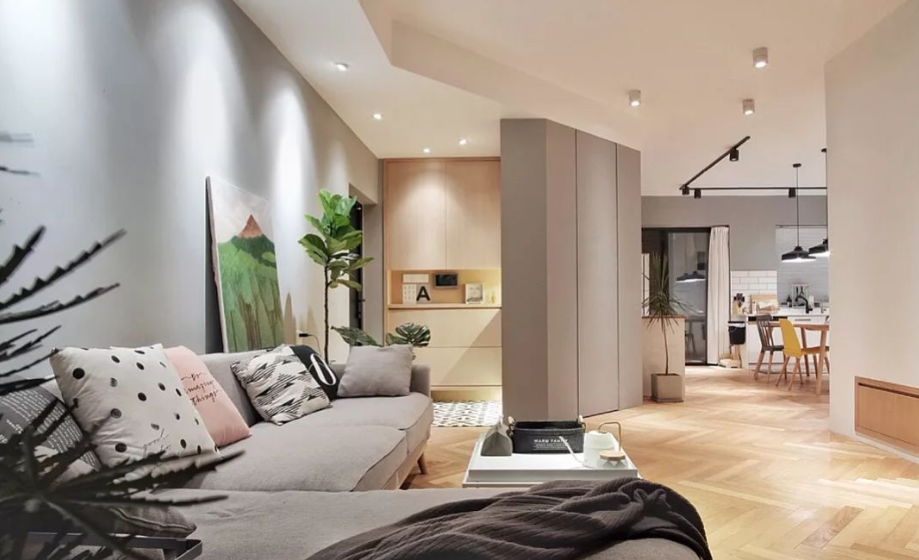
Due to the wide range of interior lighting design, it is impossible to cover everything here due to space limitations. Therefore, I hope that friends or colleagues who like lighting will read more relevant materials in this area, so as to continuously improve their lighting design ability and lighting design level.
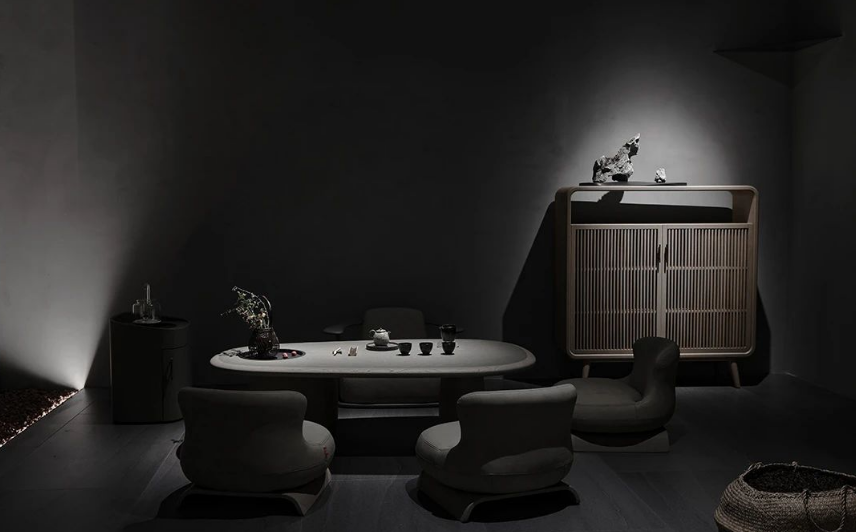
Contact:
Phone: +86-13510672827
E-mail: contact@vtecklite.com
Add: 6FL, Chuangcheng Mansion,Taiwan Industrial Estate,Shiyan Shenzhen China